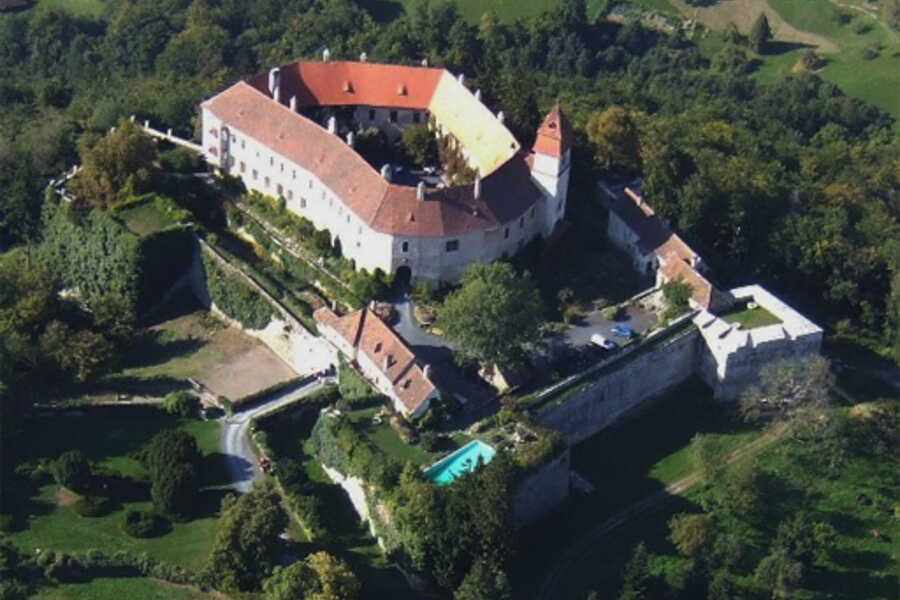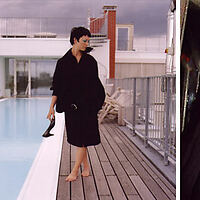In the summer of 2004, six friends from different fields, ( advertising, art, commercial show business, branding and communications, theatre and cultural theory) were invited to meet in a castle on the Austrian Hungarian border.
Their goal was to set up a model, a manifesto for a new youth movement.
During a two week brainstorming, with daily sessions looking at how youth cultures and subcultures worked, they developed a manifesto for "The Charismatic Movement", and launched the project of "Luka and the Last Celebrity".
The basic premise of "The Charismatic Movement", was that charisma, and presence, would have a marketable and desirable value.
A Charismat, would own no possesions themselves, they would only wear what was given to them for free, they would stay always for free, eat for free, and succeed.
A Charismat would exchange personality and presence for material possessions, shelter, food, they would become desirable objects for the giver, but would never own anything themselves.
All materialist ideas of having were swapped for the idea of having experience..
The idea was that charismats would question the goals of contemporary consumerism, by becoming a consumerist object or luxury item themselves.
A charismat (Greek "kharisma," meaning "gift) is a person whose personalities are characterized by a personal charm and magnetism (attractiveness), along with innate and powerfully sophisticated abilities of interpersonal communication and persuasion.
A charismat is capable of using their personal being, rather than just speech or logic alone, to interface with other human beings in a personal and direct manner, and effectively communicate an argument or concept to them.
To promote this concept, it was decided that the world of pop music was the easiest, most accessible and most effective way of reaching a large public, with its message.
Barbara Gene, an actress and dancer that i had worked with previously on several earlier projects, agreed of becoming the first role model of the movement. It meant that she would have to dedicate herself to the project for at least six months, living the life of a Charismat.
Barbara would give up her identity and become Luka. For the next period she would live a life based on fiction, merging reality with construction, the role model and promoter of the Charismat movement.
One of the invited guests at the castle was Johnny Partridge, the golden boy of Andrew Lloyd Webber, an international musical star, who was about to launch a solo career as an pop singer. He had been invited to perform at the St. Christopher parade in Zurich, and agreed that it would be good to use the occasion, to try out Luka.
Two weeks later we arrived in Zurich, as guests of the festival. Staying at the Swissôtel Zurich, Luka arrived without luggage. Borrowing clothes from hotel guests she put together a her first look, jacket worn back to front, a paper hat made from newspaper, some borrowed make up and barefooted, she ventured onto stage with Johnny in front of 10,000 people.
As a performer she did a good job, but as a charismat, she needed more work.
It was agreed that we would met again in Berlin three weeks later, and develop more clearly the look, taste, personality, and history of Luka.



